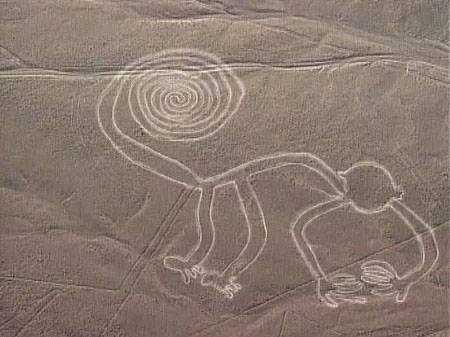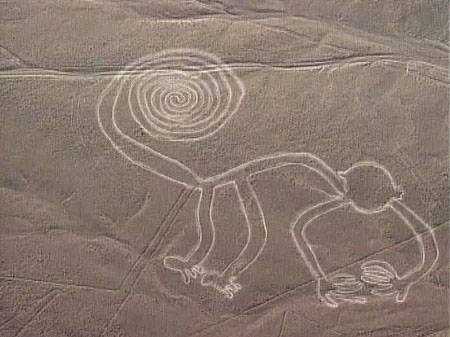In the vast and arid Nazca desert of southern Peru, a remarkable phenomenon has intrigued the world for decades - an abundance of strange and mysterious geoglyphs. These geoglyphs, known as the Nazca Lines, were created between 500 BC and 500 AD. The local people made them by making depressions or shallow incisions in the desert floor, removing pebbles and exposing different - colored dirt.
Peru's Mysterious Geoglyphs Abound
In the vast and arid Nazca desert of southern Peru, a remarkable phenomenon has intrigued the world for decades - an abundance of strange and mysterious geoglyphs. These geoglyphs, known as the Nazca Lines, were created between 500 BC and 500 AD. The local people made them by making depressions or shallow incisions in the desert floor, removing pebbles and exposing different - colored dirt.

Source: Images from the Internet, if there is any infringement, please contact the removal of
There are two main phases in the creation of these lines. The Paracas phase, from 400 to 200 BC, and the Nazca phase, from 200 BC to 500 AD. In recent years, with the help of modern technology such as drones, between 80 and 100 new figures have been discovered. Archaeologists are confident that there are still more hidden among the desert sands.
The lines are incredibly diverse. While most run straight across the landscape, there are also elaborate figurative designs of animals like hummingbirds, spiders, fish, condors, monkeys, and plants. The combined length of all the lines exceeds 1,300 km (800 mi), covering an area of about 50 km² (19 sq mi). Some of these shapes are best seen from the air, at around 500 m (1,600 ft), although they can also be glimpsed from the surrounding foothills. Scholars have long debated the purpose of these designs, but many believe they held religious significance for the ancient people who created them. In 1994, the Nazca Lines were designated as a UNESCO World Heritage Site, highlighting their global importance and mystery.






